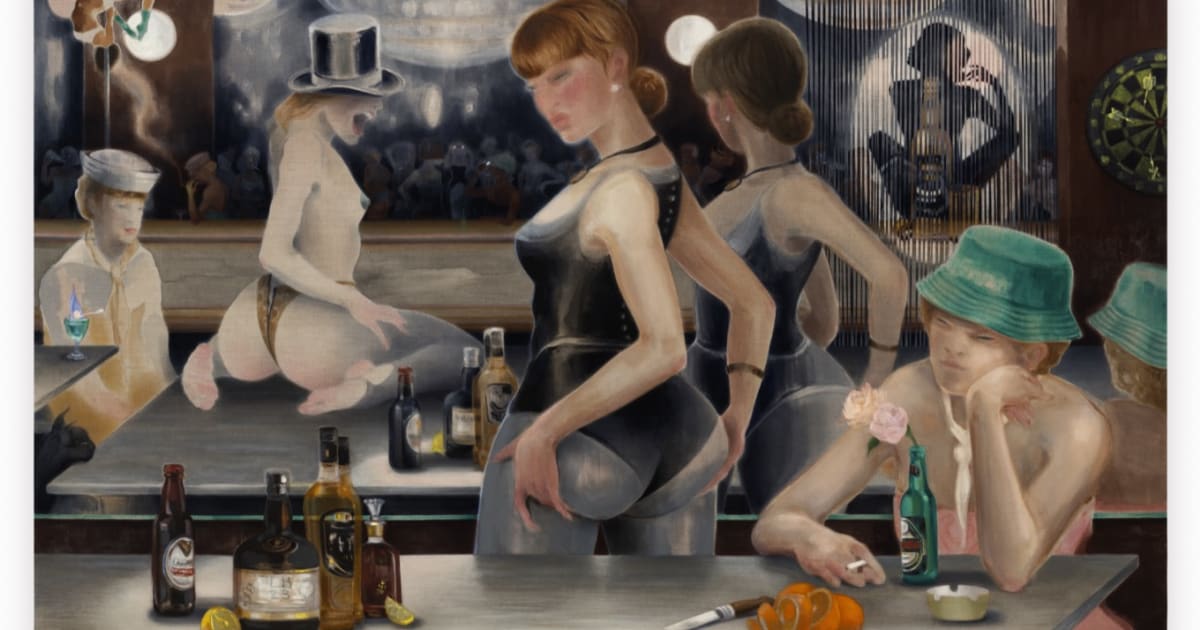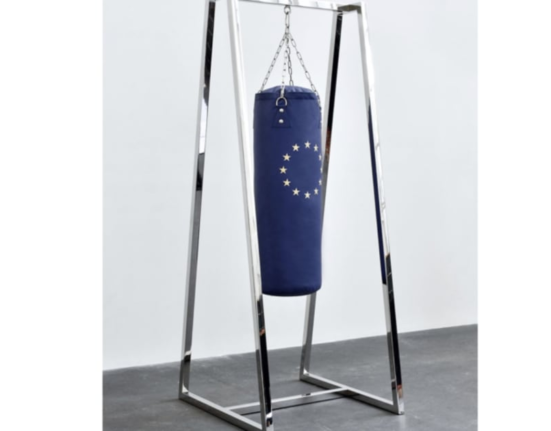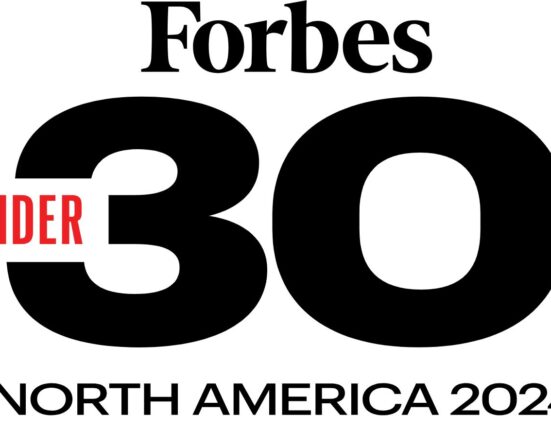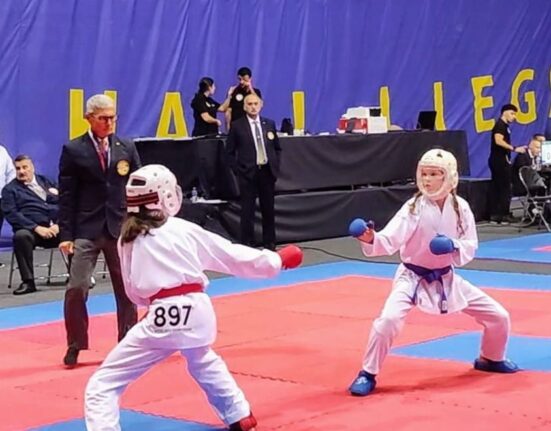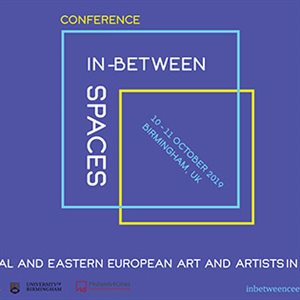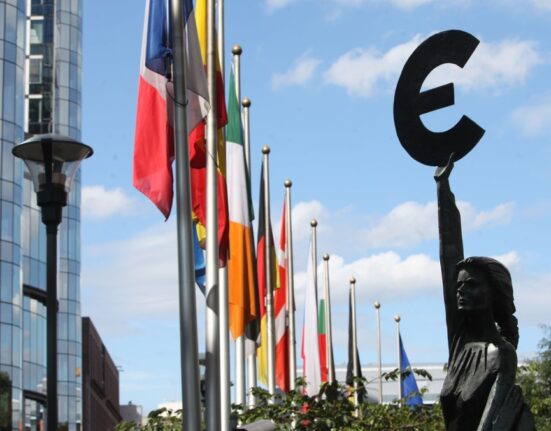(…) Since Britain’s 2016 vote to leave the European Union, there has been plenty of talk about the heft of the European art trade shifting from London and Paris.
(…) Thaddaeus Ropac (was showing) new paintings and drawings by Lisa Brice. The Ropac show includes a second version of Brice’s audacious reinterpretation of Manet’s late masterpiece, A Bar at the Folies-Bergère, with provocative table dancers, instead of a bartender, challenging the male gaze. (…)
The lengthy list of international art world luminaries that Art Basel said visited the fair suggests that Paris+, combined with satellite offerings such as Paris Internationale, Offscreen — devoted to installations, still and moving images — and Asia NOW, along with the city’s many gallery shows and institutional exhibitions, are adding up to an increasingly compelling package.
Back in the early 2000s, when Young British Artists like Damien Hirst and Tracey Emin were dominating the European contemporary art scene, “Paris was dead,” according to Julie Boukobza, an independent curator based in the French capital. “Over the last five years things have shifted,” she added.
But this shift has been driven by international dealers and collectors, Boukobza said, rather than a new wave of young creative people working in Paris itself, which, like many European capital cities, has become an intimidatingly expensive place to live and work, she said.
“Paris is definitely perceived as a growth market,” said Drew Watson, the head of art services at Bank of America Private Bank. “You have a lot of momentum,” he added.
Many of his American clients had decided to visit Paris rather than London this October, he added. “I mean, who doesn’t love Paris?”

